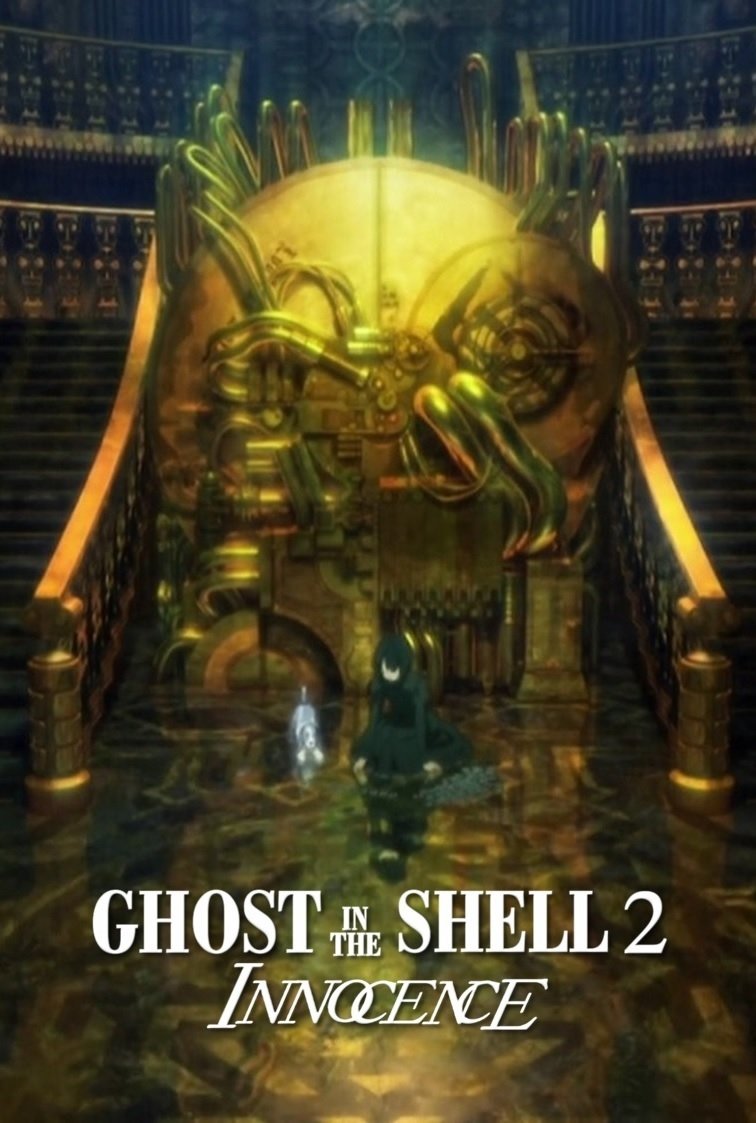
Her character is an intentional blank slate, a living weapon designed with few memories of the past. There’s not much nuance at work, and Johansson’s extremely flat performance doesn’t help matters, though she’s likely doing as much as she can with the material she’s been given. Kuze’s evil mission is simply to take out the leaders of Hanka Robotics, which he does by “hacking” the brains of robots and people to carry out his assassinations. In design, this future-city resembles a scrubbed-up Blade Runner, a CGI festival of glass skyscrapers and 3D billboards, covered in superhighways. The particulars of the Major’s world are never explained, outside of some throwaway lines about the proliferation of cybernetic modification. Sanders and his screenwriters (Jamie Moss, William Wheeler, and Ehren Kruger are credited) try to keep things as simple as possible, which somehow only makes them more confusing. Meanwhile, her boss Aramaki (Takeshi Kitano) seems to be running interference between the government and the corporate entities invested in the Major’s performance as a super-soldier, though any other details are left to the viewer’s imagination. The Major, along with her sidekicks Batou (a gruff Pilou Asbæk) and Togusa (Chin Han, whose character is crucial in the 1995 film but mostly sidelined here), is investigating a mysterious cyber-villain called Kuze (Michael Pitt). The Major is heralded as “the future” by her creators, a robotics company called Hanka she’s a post-human triumph in a world where most people have already begun to augment their bodies with cyborg add-ons. The rest is a humanoid cybernetic shell, a kind of flesh-colored bodysuit that can turn invisible (if she sheds her clothes, which she does anytime she goes into battle). As viewers are told in the film’s opening montage (which sees her shapely form being purpose-built in a lab), the only “human” part of her is her brain. Johansson’s Major is a quasi-Robocop who works for “Section 9,” an intelligence agency patrolling an unnamed future city. Sanders’s Ghost in the Shell is a flimsy copy of a copy, one that recreates some of the anime’s set-pieces nearly shot for shot, but then pares away nearly everything else that made the original a classic. Given the extent to which Ghost in the Shell’s themes about the increasing unions between human and machine have permeated Hollywood science-fiction, that this remake has no grasp of those ideas feels particularly baffling. It’s been clumsily translated into a simplistic tale of corporate rebellion and individual freedom that tries to distract from its generally vacuous story with oodles of competently choreographed, but uninspired, action.ģ0 Years Ago, Romania Deprived Thousands of Babies of Human Contact Melissa Fay Greene But the film, directed by Rupert Sanders ( Snow White and the Huntsman), wildly misses the mark on everything that made its forebear interesting.

Now, somewhat belatedly, Ghost in the Shell has gotten a Hollywood remake: a big-budget, live-action epic that retains much of the original’s visual look and basic plot principles, with an American star (Scarlett Johansson) playing the heroic Major, a cyborg secret agent fighting future-crime in a dystopic world.
#Ghost in the shell 1995 runtime movie
It’s a brilliant piece of sci-fi that has its tendrils in countless works of movie futurism that followed, from The Matrix to Avatar.

Ostensibly an action film, it lingered in the culture more because of the philosophical ground it broke in talking about the ways human identity intersects with computers, and the limits of our understanding of what it means to be sentient. When Mamoru Oshii’s anime film Ghost in the Shell debuted in 1995, it was a genuinely revolutionary vision that took stock of an over-industrialized, hyper-connected, and slowly deteriorating world with strange matter-of-factness.


 0 kommentar(er)
0 kommentar(er)
